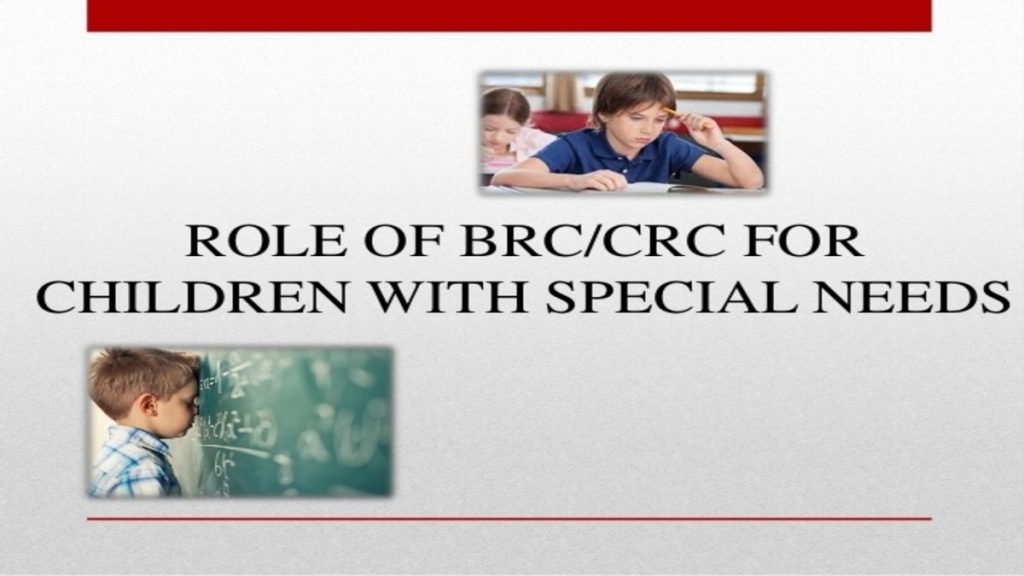Sarva Shiksha Abhiyan (SSA) is a flagship program of Government of India aimed at universalization of elementary education for the children in 6-14 age group. It is implemented by the central Government in partnership with the state governments through a district level decentralized management framework involving local bodies.
An important goal of the program that started in 2001 is to provide elementary education of satisfactory quality with emphasis on education for life and to bridge all gender and social category gaps. The last decade has witnessed a number of new initiatives to enhance the access and participation of children in elementary education as well as to improve the quality of education provided in schools.
To bring about qualitative improvement in education under SSA, various interventions have been made such as in-service teacher training, curriculum renewal, revision of textbooks, continuous and comprehensive evaluation of students, close monitoring of schools and provision of academic support to teachers on a regular basis.
Block Resource Centres (BRCs) and Cluster Resource Centres (CRCs) were established in each block of every district under SSA to conduct in-service teacher training and to provide academic support to teachers and schools on a regular basis as well as to help in community mobilization activities.
Role of BRCs/CRCs for Children with Special Needs (CWSN)
- To keep a record of the number of CWSN in the block/cluster.
- To ensure that all CWSN in the block/cluster have access to education in some form or the other.
- To supervise the work of the resource teachers.
- Evaluate the Inclusive Education program from time to time in their respective blocks/cluster.
- To ensure smooth functioning of the resource room at the BRC/CRC.
- To monitor that all schools in the block/cluster are barrier free and disabled friendly.
- To establish convergence with primary health centers for early detection, identification and medical assessment of children with special needs.
Other Roles of BRCs and CRCs
The major academic roles of BRCs/URCs & CRCs as outlined in the Framework for Implementation of SSA (2008) are:
- Development of the Centre as a rich academic resource with ample reference materials for the teachers.
- Development of strong human resource pools (by inviting resource persons) from nearby teacher education institutions, NGOs, Colleges/ Universities and resourceful individuals to form Resource Groups in different subject areas for primary and upper primary level.
- Regular school visits for addressing emerging pedagogic issues and issues related to school development.
- Organization of teacher training and monthly meetings to discuss academic issues and design strategies for better school performance.
- Setting up of performance indicators to track and enhance school performance.
- Consultation with community members and Panchayati Raj Institutions to strive for school improvement.
- Designing a Quality Improvement Plan for the block/cluster as per the SSA goals and strive to achieve that in a time bound manner.
- Monitoring the progress of quality using Quality Monitoring Tools in collaboration with nearby DIET.
At present 6472 BRCs and 69,268 CRCs are operational in the country. In each block there are several CRCs and each CRC covers a small number of schools within easy reach. BRCs are headed by Block Resource Centre Co-coordinators and CRCs by Cluster Resource Centre Co-coordinators. The BRC Co-coordinator is academic co-coordinator / facilitator at block level who is responsible for in-service training of teachers and providing guidance to the CRC Co-coordinators. They also organize training programs for members of Village Education Committees (VEC) and School Development and Monitoring Committees (SDMCs).
BRC coordinators also collect material from the District Project Office for distribution among the teachers, SDMCs etc. through CRCs and provide continuous support to teachers while monitoring implementation of pedagogical and other interventions at school level.
The tasks of CRC coordinators include providing constant support to the teachers, monitoring their performance, identifying their needs both in formal schools and alternative education centers and liaising with the SDMCs, the community and NGOs working in the area of education. Monthly meetings at cluster level are held and periodic visits to schools are made by CRC Coordinators to monitor teachers’ performance and to provide them on-site support.
In a nutshell, role of BRC/CRC is a mixed set of academic, supervisory, managerial, networking and creative activities; it goes beyond routine monitoring and supervision work as it encompasses providing support to schools and teachers through teacher training and teacher mentoring for their professional growth, strengthening community-school linkage, providing resource support and carrying out action research.
Courtesy: Research, Evaluation and Studies Unit, Technical Support Group, EdCIl (India) Ltd.
OTHER RELATED POSTS
Mobilizing Support for Inclusive Education
